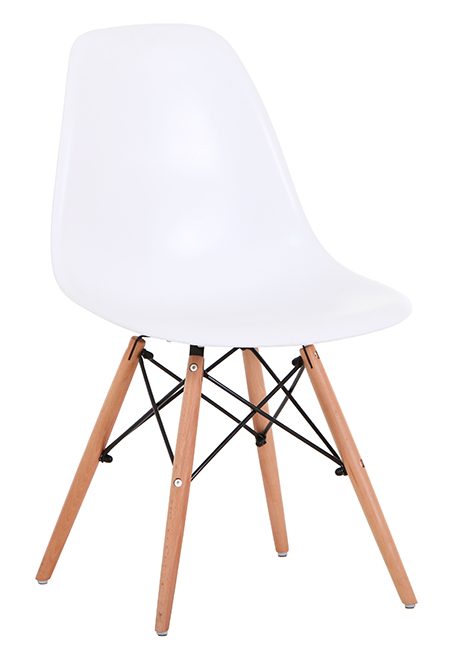Geotextile material is a permeable fabric primarily manufactured from polypropylene and polyester. The manufacturing process can be woven, non-woven, continuous fiber, chopped fiber, needle-punched, calendered, and thermally bonded. For geotextile material importation, it is essential to know the production method and requirements necessary for its intended use.
One of the main applications of geotextile is found in the construction sector. Its flat structure and simplicity of production contrast with its high tensile strength and low tendency to deform. These characteristics make it a material with high demand for application in construction and civil engineering.
Geotextile material has numerous applications in construction and civil engineering. Geotextile importation must comply with European regulations to ensure it surpasses necessary quality controls.
Types of Geotextile Material
The synthetic fibers of geotextile material can be manufactured using different techniques, resulting in materials with properties suited for numerous applications. Before ordering geotextile importation, it’s necessary to specify to the manufacturer the type of geotextile material needed.
- Woven Geotextile: In woven geotextile, fibers have two directions, weft and warp. They can be flat or knitted.
- Non-woven Geotextile: Non-woven geotextile is composed of randomly placed fibers. There are two types, needle-punched and thermally bonded.
- Continuous Fiber: In this type of geotextile, the non-woven fibers are infinite.
- Chopped Fiber: Fibers in this type of geotextile have a certain length. They can be needle-punched and thermally bonded or only needle-punched.
- Needle-punched: The union between the fibers of the non-woven geotextile occurs using needles that enter and exit at high speed.
- Calendered: The union between fibers occurs with the application of heat by passing the fibers through two calenders.
- Needle-punched and thermally bonded: The union between fibers occurs in two phases, first needle-punching and then thermofusion.
Applications of Geotextile Material
There are different types of geotextile material designed for specific uses. Woven geotextiles, whether monofilament, multifilament, or short fiber yarns, are the most used in the construction sector. At Bull Importer, we ensure that our suppliers have the means to manufacture the product with the necessary strength and durability characteristics for its final use.
- Reinforcing and stabilizing surfaces in road and highway construction
- Strengthening surfaces and improving the stability of embankments, slopes, and green walls
- Protecting dikes, groynes, breakwaters, and revetments
- Improving drainage systems and water conduits
- Preventing soil erosion and degradation
Woven geotextile withstands chemical degradation in acidic, alkaline, and saline soils. If the material also incorporates UV protection treatment, its resistance and durability increase in adverse weather conditions.
Required Approvals for Geotextile Importation
The CE marking is one of the essential requirements for importing geotextile to be used in public works in the European Union. This labeling ensures that the material meets the values indicated by the manufacturer for each field of application and for each function.
- Roads: UNE-EN 13249
- Railways: UNE-EN 13250
- Earthworks, foundations, and retaining structures: UNE-EN 13251
- Drainage systems: UNE-EN 13252
- Erosion control works: UNE-EN 13253
- Reservoirs and dams: UNE-EN 1354
- Canal construction: UNE-EN 13255
- Tunnels and underground structures: UNE-EN 13256
- Solid waste landfills: UNE-EN 13257
- Liquid waste containers: UNE-EN 13265
If you wish to import geotextile, Bull Importer manages the material’s manufacturing with certified suppliers that comply with all the regulations required so that your product passes the relevant quality controls.



